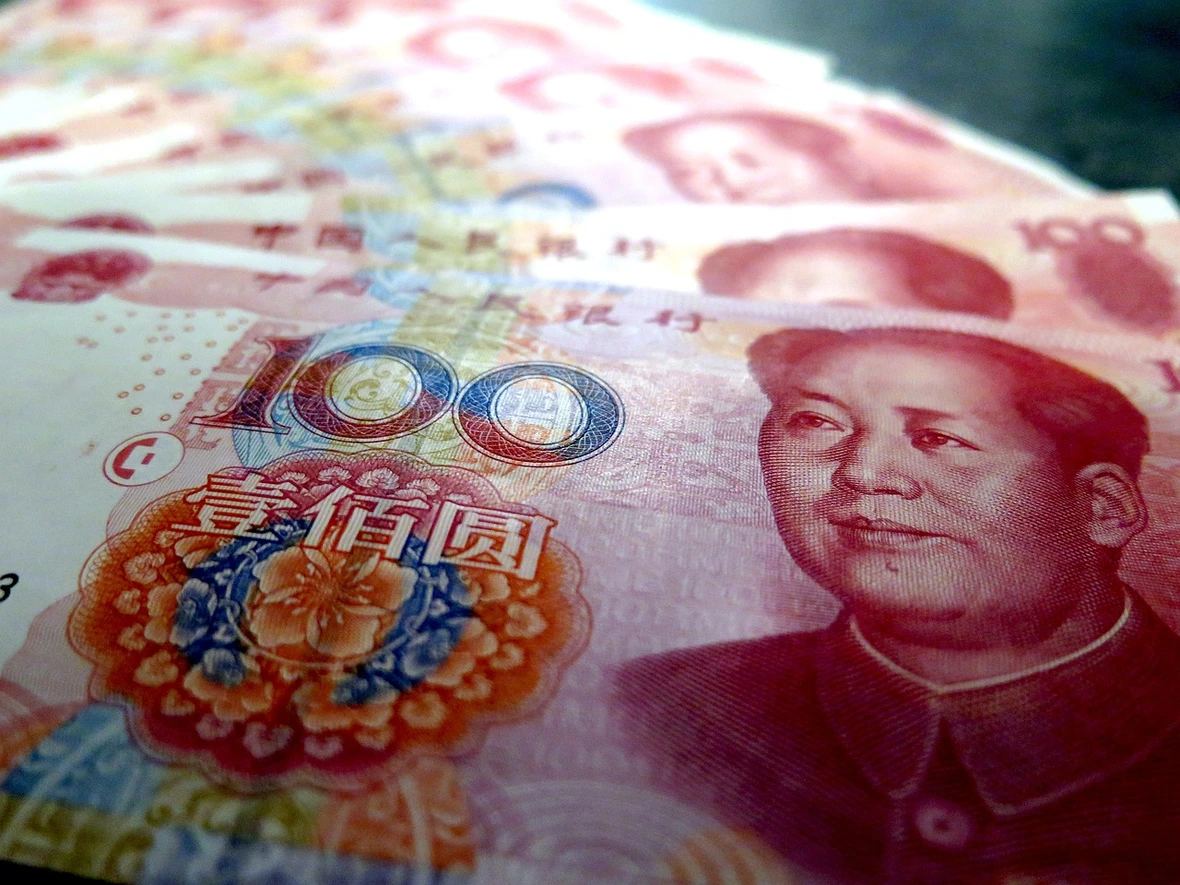China and Hong Kong stocks experienced a downturn as China’s consumer prices slipped into negative territory in July, the first such instance in 28 months. The CSI300, tracking Shanghai and Shenzhen’s largest listed companies, fell by 0.22%, with the Shanghai Composite down 0.36%, and Shenzhen Component down 0.28%. Hong Kong’s Hang Seng index also dropped by 0.1%.
Inflation and Economic Concerns
China’s July Consumer Price Index (CPI) declined by 0.3% YoY, less than the 0.4% expected by economists. This marks the first inflation rate fall since February 2021. The Producer Price Index (PPI) saw a 4.4% decline YoY in July, surpassing the projected 4.1% decrease. These figures raise concerns about China’s growth outlook and the effectiveness of traditional stimulus measures.
Market Reactions and Asia-Pacific Trends
Asian markets exhibited mixed reactions. Japan’s Nikkei 225 slid by 0.5%, while South Korea’s Kospi climbed 1.09%, and Australia’s S&P/ASX 200 was marginally up. The US witnessed a market selloff after Moody’s downgraded several regional banks’ credit ratings, citing deposit risk and economic challenges. The Dow Jones Industrial Average fell by 0.45%, the S&P 500 dipped 0.42%, and the Nasdaq Composite pulled back by 0.79%.
Economic Implications and Yuan Movement
The decline in consumer prices and producer prices in China raises concerns about growth prospects and economic stability. As the offshore yuan experienced a slight strengthening against the US dollar, the market remains attentive to how these shifts will impact China’s economic trajectory and global financial dynamics.







